Ishwak Singh, who rose to overnight fame after the rousing success of Amazon Prime Video’s Pataal Lok (2020), is currently seen as Vikram Sarabhai in SonyLIV’s latest streaming show, Rocket Boys. Also featuring Jim Sarbh, the eight-episode series has garnered positive response from the audience and critics alike.
In a candid conversation with Eastern Eye, Singh talks about how he bagged the show, his preparation to play Sarabhai, a physicist and astronomer who initiated space research and helped develop nuclear power in India, and much more.
The trailer for Rocket Boys received a tremendous response from the audience. How did it feel?
I felt great. I mean, the entire team worked very hard for almost two years on the show. We worked through a very difficult patch of lockdowns and the pandemic, and it was kind of emotional too. Now it’s out. It almost feels amazing. It’s almost surreal. When I saw the trailer, it was amazing to recall all those moments of how we sort of got to these locations and did these scenes. So yeah, I am just overwhelmed, excited, and emotional.
How did this show come to you?
This was right after Paatal Lok had released. About a month or two after my work had been appreciated, I got an opportunity to audition for this part, and my audition was accepted, so I got on board. So that was it. In June and July of 2020, we began shooting. So, it has been a long, wonderful journey. We all worked as a unit. There was great camaraderie among all the actors. I had a great time doing this.
What was your reaction when you were first approached for this role? Did you say yes to it in one go?
There were so many things to look for. And I am sure each actor has his or her own...There are certain things I look for in a project; the maker, the writing, the platform, and the director’s vision. It is not every day that you get to be a part of something where all of this is present, and it is exciting and great.
This is kind of a period show. What kinds of characters do you like to play? A character that is set in a historical setting or a character set in present times?
Both. I mean, you can’t choose. It has its own fun. They have their own sets of opportunities. It’s like asking a foodie, "What do you like?" He will be like, "I like everything. I just like good food. " Whether it is contemporary, historical, or a modern classic, I like everything. You know, I was on stage. I used to do so many different stories, ranging from Prem Chand to some European American writers and modern Indian contemporary writers. Every show has its own unique thing. And that’s what every actor enjoys: versatility, different kinds of stories. I can’t pick one. I enjoy everything.
How did you prepare yourself for the character you were playing and what were the challenges that came your way?
There were not many challenges with this. We have been doing this. You enjoy this. You love it. It requires discipline, it requires commitment, it requires consistent work, a lot of hard work, and ingenuity to develop the character. I read books, spoke to the family; they were involved too; I read a lot of references; I read the script; I did workshops with the director; I did lots of rehearsals with Jim Sarbh, and all the actors worked hard and worked together. It's like, you know, you immerse yourself. There is no rule for it, there is no formula for it. At least that’s how it works for me. Once you are in it, you immerse yourself, and then the path is carved on its own. And that’s something that I enjoy. It surprises you, to begin with. You are the first person who gets surprised and says, "Oh wow! I found the way! By doing certain things that were not planned, I found this thing about this guy.” It just happens.
How familiar were you with your character before you were approached to play him?
I had read about it in school and was familiar with it. Of course, I just mentioned the kind of depth, length, and breadth of the character of this gentleman that we explored. From that point of view, I knew nothing of him. And I got to know a lot about him and his personal achievements, his academic achievements, his life as an educator, his life as a thinker, as a scientist, as a business industrialist. All those things. It is a very inspiring character. More than that, he was a wonderful human being.
How did your life change after the rousing success of Paatal Lok?
Yeah, life changed. The best thing that happened was that people became aware of me. A lot more people became aware of me, I would say, the people who you really want to work with. Also, your family, your friends, your audience, and everyone that you know. They know that you are doing this. But no one really knows who you are. I have done a lot of work on stage, but I feel that there is a certain thing I have worked on, which you can call it like every actor has their own voice. So my voice was what it was. What is my skill set? What is my unique skill set? This is why I do this, why I am relevant, which I wanted people to know, the filmmakers to know, so they became aware of that and specifically told me things about the performance of what I wished to believe my craft was. They told me that this is what we saw in your performance. That was the biggest reward. My favourite filmmakers, such as Anurag Kashyap, praised the performance, as did a slew of other directors I admire.
Do you think Paatal Lok did to your career what films like Raanjhanaa (2013) and Tamasha (2015) failed to do?
I wouldn’t say they failed. I was very new at that time. And one thing: I have always had faith in the industry, the people, and the makers. I believe that if I was given a certain chance of, say, in the largest scheme of things, things of less significance. You know, I probably deserved that at that point in time. If you had told me to do a performance like Paatal Lok in 2012, I don’t think I would have been able to deliver what I have because it has been a long journey. It has been a long 10-12 years of consistent work on stage, in parts like these, the ones that you mentioned. I was preparing for all these roles, bit-sized roles, medium-sized roles, and things kept taking a step forward. So it's been consistent in that sense. So it's been a long journey and I have learned a lot in the last year. So that was all there was to the show, the actor, and the performance that you liked in Paatal Lok.
You studied to be an architect. How did acting happen to you?
I am an architect. I am a qualified architect. I was even working when I was on stage. I was a practicing architect. I was worried to act for as long as I can remember. It was just that I was pushing it. Not now, not now. Because I was also a little keen on studying architecture. I had a family influence, I was very fond of art and sketching, so it was a subject my brother also studied. My father is into it. It used to fascinate me too, but this is a kind of inner calling that I had from a very young age to be on stage, to act, to perform, and when I grew up, I used to flirt with this idea of making it a profession, and I kind of liked the idea. But it's just that I guessed that. It's like you have no connection with performing arts and no one in your family is doing that. So it takes time, and it takes time for a whole lot of things to convince yourself, to take that bold decision of breaking a mould and stepping out. It's not easy. It's very difficult to even walk into an acting class.
How did your parents react when you told them that you wanted to pursue acting as a profession?
I didn’t make an announcement. Like I said, after college, I did my practice too. I was doing work on stage. A lot of people, you know, in Delhi, work and also do theatre. I mean, I was very happy working on stage and at that time, those were the years, I wouldn’t say years of doubt, but the initial years when I didn't even know how capable I was. But it was just that I had this desire to do it. Other than work, what is it that I like to do? I liked to go out and chill, play a sport, you know, all of that. But I just loved being on stage and I found that the Asmita theatre gave me that opportunity, so I worked with them and one thing led to the other. I was a part of their weekend workshops and became part of the core group. A lot of these casting directors look for talent in theatre groups. So that’s how film work started and all this. Also, for the longest time, I was also working as an architect. Even after Aligarh (2016), it was only around Veere Di Wedding (2018) that I kind of completely sort of stopped and before Paatal Lok because it was just too much. And so, it has been a gradual thing. You know, my parents have seen this journey of someone who has just expressed his desire to take up theatre workshop and they saw my first performance and then up to the point of Paatal Lok released and now it is Rocket Boys so it is like we have never had this conversation in a way that I am quitting this and taking that. They saw a natural progression that I am doing it passionately, changing me for the better in every sense being an actor. I guess that’s what parents want from their kids. To be happy and the other way round.
I interviewed your co-star Jim Sarbh recently, and he had a lot of good things to say about you. What was your experience working for him?
My experience was great. I learned a lot from him on stage, on-screen, and off-screen. I wish to work with him again. On stage and also in a film. He is great, I respect him. I always wanted to work with him because a part of the reason I do this is that I want to collaborate with actors such as Jim Sarbh, and it’s amazing, you know, once you are out and you have done it and moved on, I realised that I was so much more competent having worked with him consistently over a long time. It's almost like you have shared your trade secrets with each other. So he has given me so much.
What’s the USP of Rocket Boys that the audience should notice and binge-watch the show?
It’s a very honest effort. It’s a beautiful subject and it talks about something we are all very proud of. Our science, our scientists, educators of our country, the nation builders, but it is also a human story. So you have a lot to take from the story. It’s not a singular thing, it's not one.
Rocket Boys is currently streaming on SonyLIV.
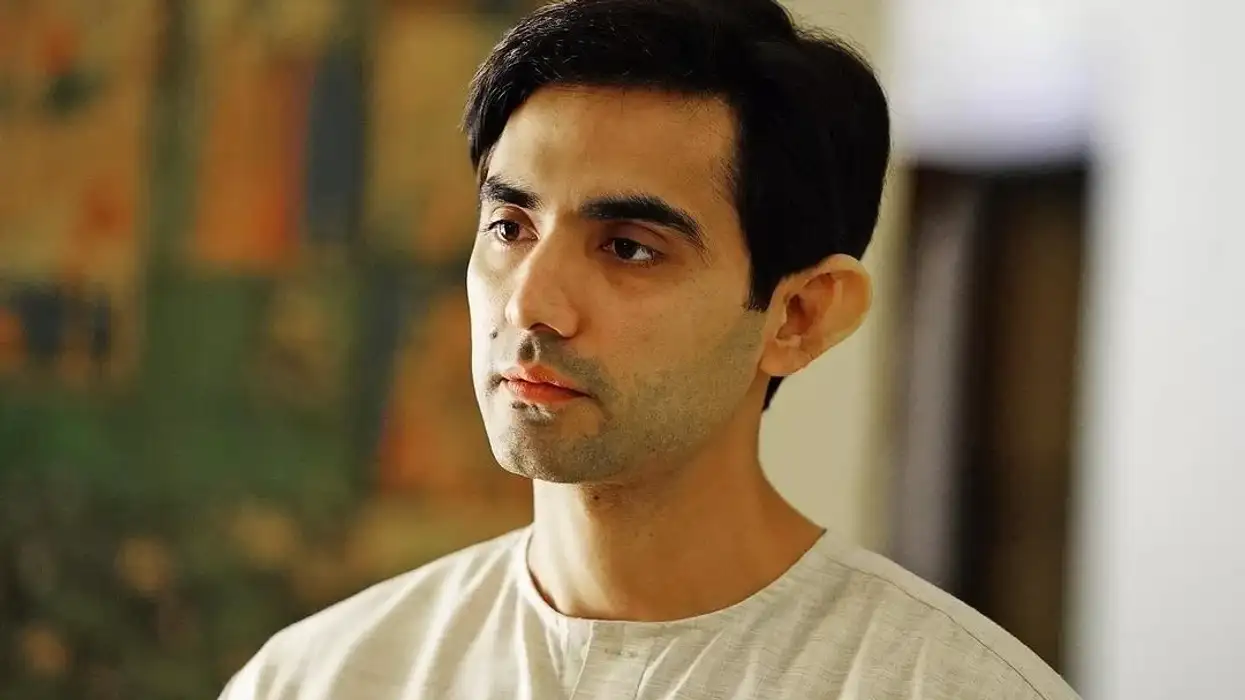
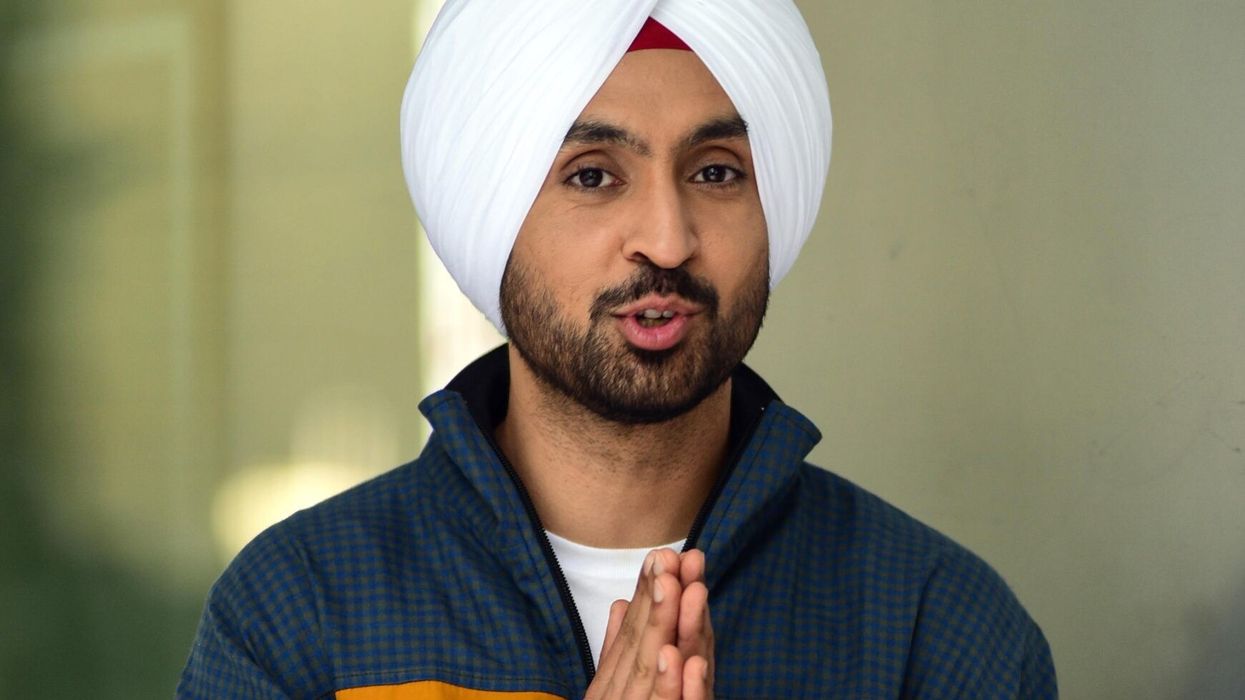
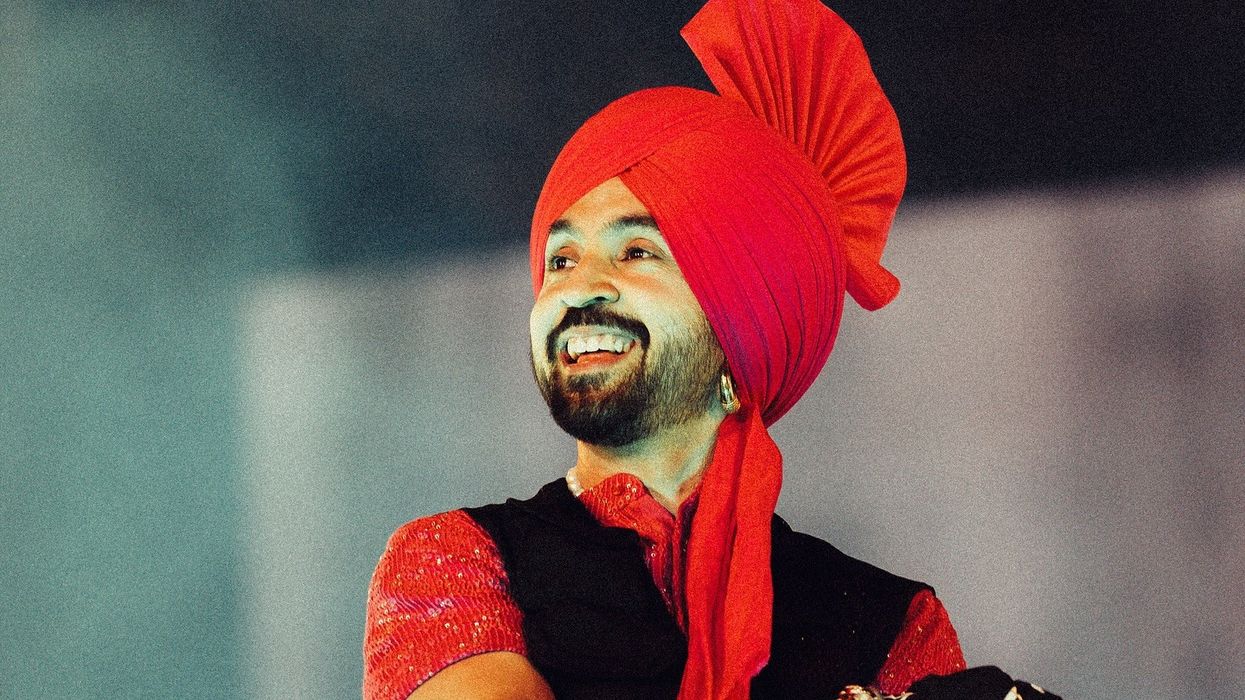
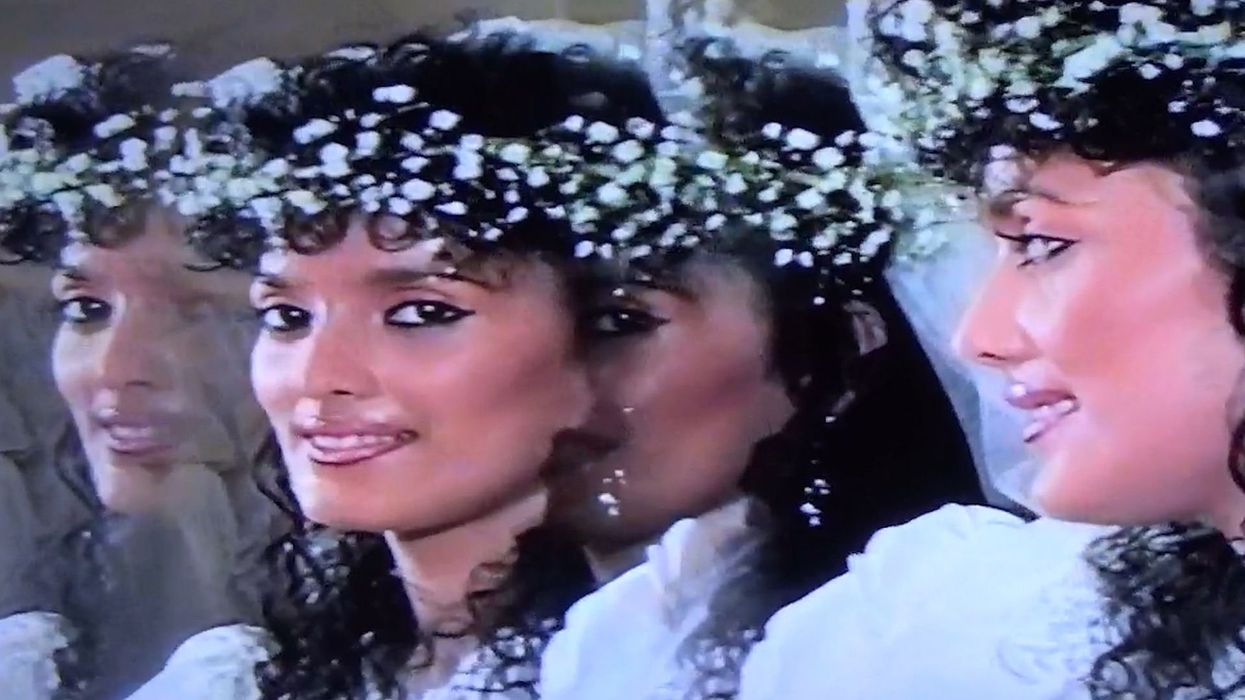
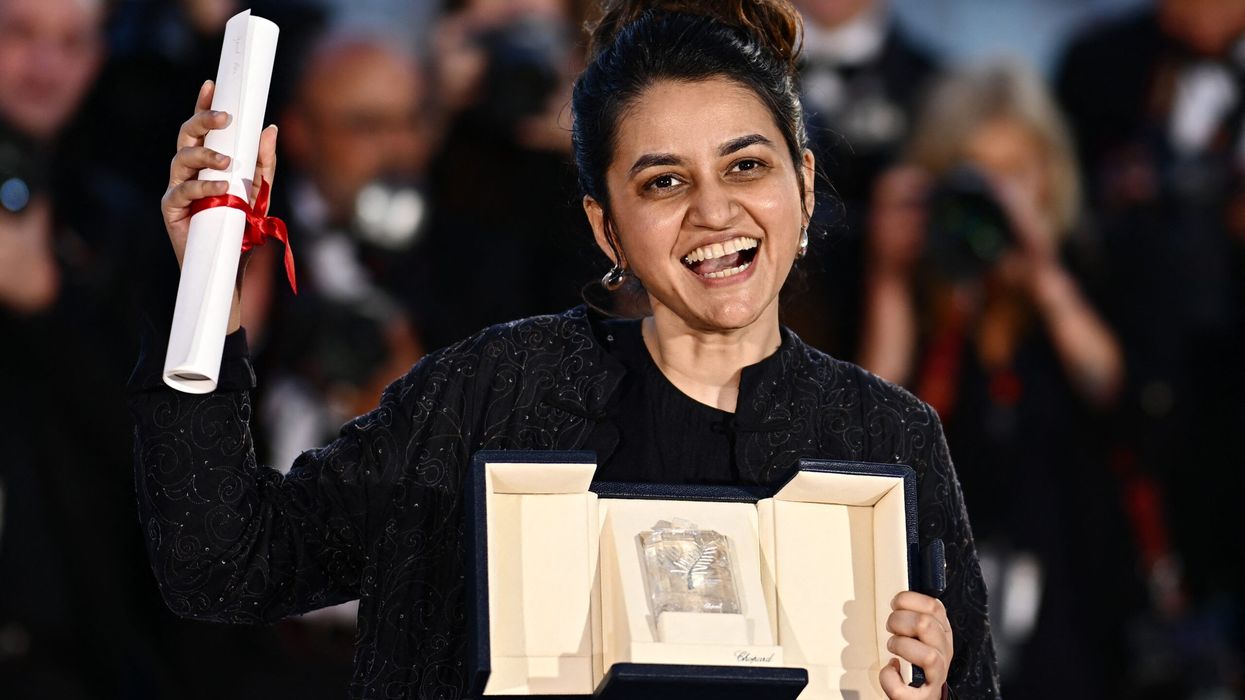
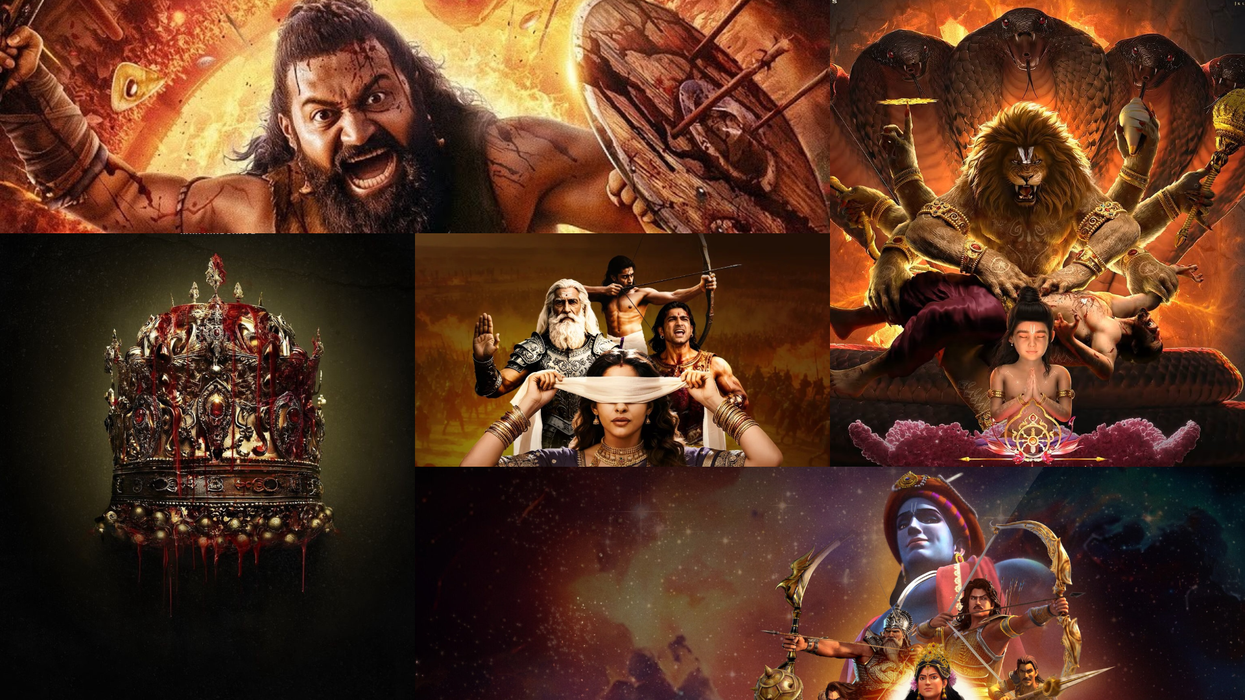
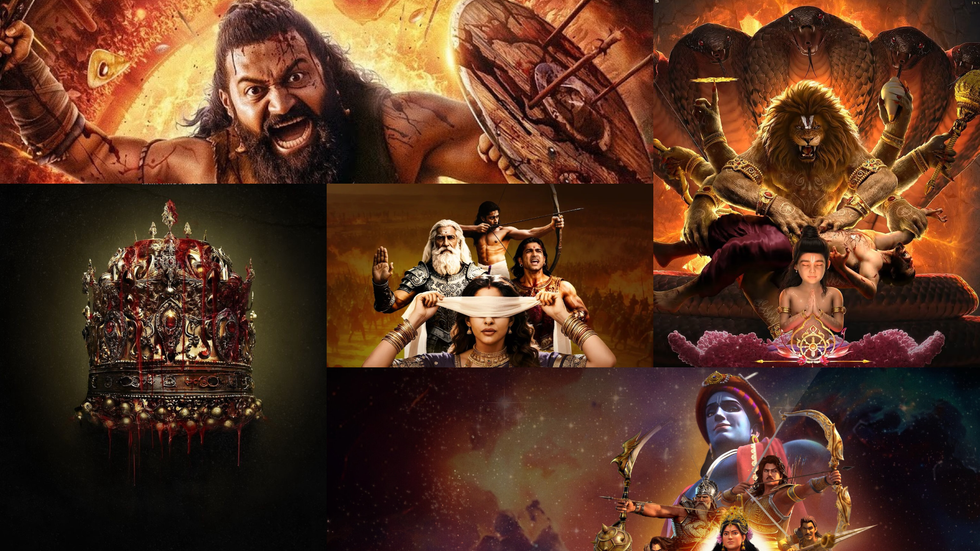 Why UK audiences are turning to Indian mythology — and the OTT releases driving the trend this year Instagram/Netflix
Why UK audiences are turning to Indian mythology — and the OTT releases driving the trend this year Instagram/Netflix 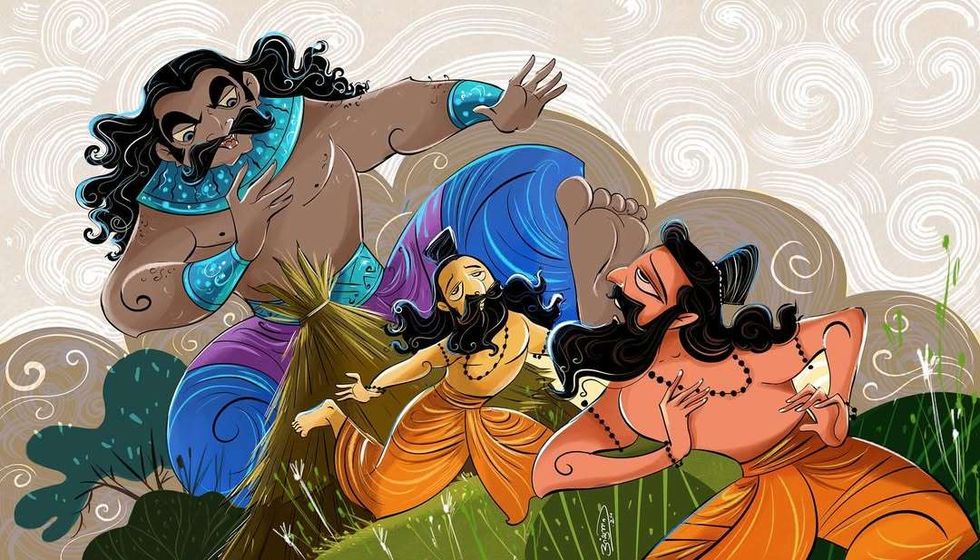 Indian MythologyInstagram/
Indian MythologyInstagram/






